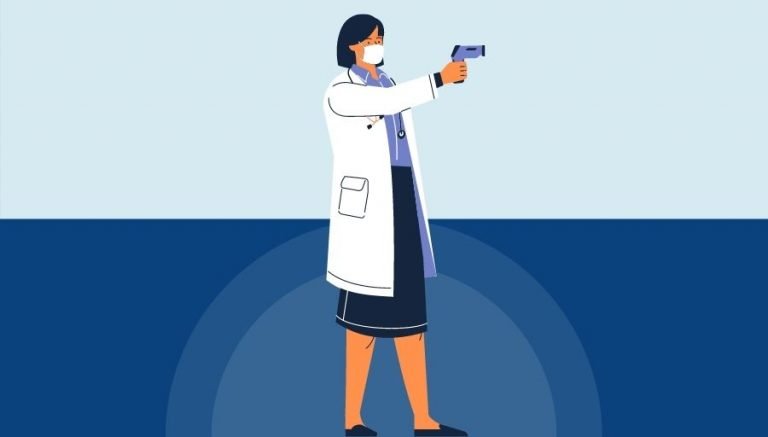ICD 10 CM M23.362 | Description & Clinical Information
ICD 10 M23.362 describes a condition in which there is a disruption of the meniscus, a C-shaped cartilage located on the outer side of the knee that serves as a shock absorber in the knee joint, resulting in an interruption or interference with normal knee function, typically caused by a direct blow to the knee or severe twisting of the knee, and the provider is able to identify a specific derangement and a particular part of the left lateral meniscus that is not covered by any other code.
Official Description Of M23.362
The ICD 10 CM book defines ICD 10 code M23.362 as:
Excludes1: ankylosis (M24.66)
deformity of knee (M21.-)
osteochondritis dissecans (M93.2)
Excludes2: current injury – see injury of knee and lower leg (S80-S89)
recurrent dislocation or subluxation of joints (M24.4)
recurrent dislocation or subluxation of patella (M22.0-M22.1)
When To Use M23.362
The diagnosis describes by ICD 10 CM M23.362 pertains to a specific condition that affects the lateral meniscus of the left knee. This condition can lead to various symptoms such as pain, swelling, weakness, tenderness, locking, instability, and restricted movement or excessive mobility of the knee.
Healthcare providers diagnose the condition through a combination of methods including the patient’s medical history, physical examination, and imaging techniques such as X-rays and magnetic resonance imaging (MRI). Arthroscopy, a procedure that allows for inspection of the internal structures of the joint, may also help in the diagnosis. Additionally, laboratory examination of synovial fluid can provide further insight into the condition.
Treatment options for this condition include nonsteroidal anti-inflammatory drugs (NSAIDs) for pain relief and management. In more severe cases, surgery may be required to repair the meniscus. The decision to undergo surgery depends on the severity of the condition, the individual’s overall health status, and the patient’s personal preferences.
There are several types of meniscal tears, and the diagnosis of M23.362 is only one of them. Tears can occur from a variety of causes, including degeneration over time, acute injury, or repetitive stress. It’s essential to note that not all meniscal tears require surgery or even lead to significant symptoms.
Patients experiencing any knee pain or discomfort should seek the assistance of medical professionals immediately. Prompt attention can help alleviate painful symptoms and prevent further complications that could affect mobility and overall health. Treatment plans vary depending on the individual patient’s diagnosis, which the healthcare provider evaluates based on the patient’s overall health, symptoms, and imaging results.
It’s important to acknowledge that accurate diagnosis and treatment of knee problems are critical for preventing long-term effects. In addition, patients should practice techniques that prevent injuries and maintain an overall healthy lifestyle. This includes a well-balanced diet, regular exercise, physical therapy, and preventative measures such as wearing supportive footwear and protective gear during physical activities.
In conclusion, medical professionals can use the ICD 10 CM M23.362 code to diagnose lateral meniscus problems. Patients with knee pain and other associated symptoms should seek medical attention as soon as possible to prevent further complications. Early diagnosis and treatment can improve the outcome of the patient’s condition and overall quality of life.



